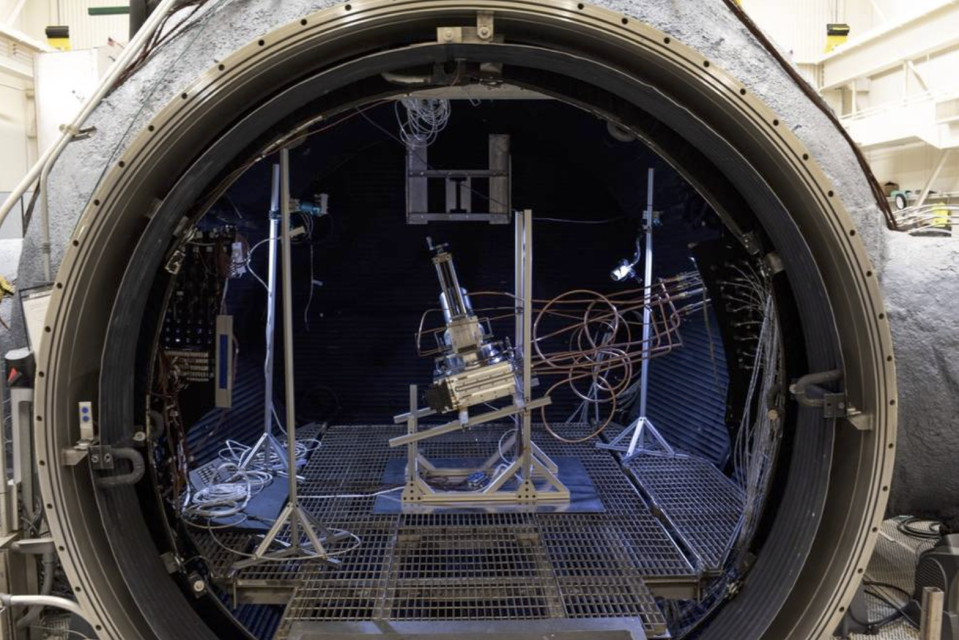NASA engineers extract oxygen from 'lunar' soil. How did they do it?
Support local journalism. Unlock unlimited digital access to floridatoday.com
You may not be able to get blood from a stone as the saying goes, but you apparently can get oxygen out of lunar soil.
This week NASA scientists and engineers proved just that, using a special spherical chamber called the Dirty Thermal Vacuum Chamber.
Who: NASA’s Carbothermal Reduction Demonstration team at Johnson Space Center
When: This week
What: Scientists successfully extracted oxygen from "simulated" lunar soil. Lunar soil refers to the fine-grained material covering the Moon’s surface. This was the first time that this extraction has been done in a vacuum environment, paving the way for astronauts to one day extract and use resources in a lunar environment.
Why does it matter?: As NASA works toward sending astronauts to the Moon through Artemis missions, one of the agency’s primary goals is to establish a long-term presence on the lunar surface. Resources like oxygen are crucial building blocks for making that vision a reality. In addition to using oxygen for breathing, it can also be used as a propellant for transportation, helping lunar visitors stay longer and venture farther.

How the chamber works: The team used a high-powered laser to simulate heat from a solar energy concentrator and melted the lunar soil within a carbothermal reactor - that's where the process of heating and extracting the oxygen takes place. Carbothermal reduction has been used for decades on Earth to produce items like solar panels and steel by producing carbon monoxide or dioxide using high temperatures.
“This technology has the potential to produce several times its own weight in oxygen per year on the lunar surface, which will enable a sustained human presence and lunar economy,” said Aaron Paz, NASA senior engineer and project manager at Johnson.
What's next: Technical readiness level of the reactor has been reached, which means the technology has a fully functional prototype or representational model and is ready to be tested in space.
Rob Landers is a veteran multimedia journalist for the USA Today Network of Florida. Contact Landers at 321-242-3627 or rlanders@gannett.com. Instagram: @ByRobLanders Youtube: @florida_today
Support local journalism. Subscribe today.
This article originally appeared on Florida Today: NASA engineers extract oxygen from 'lunar' soil

